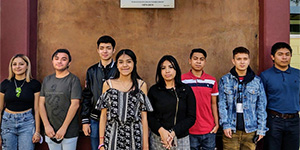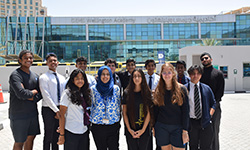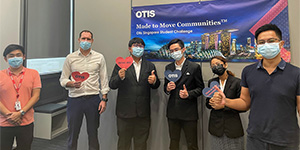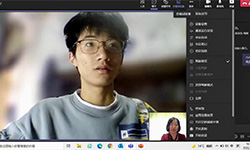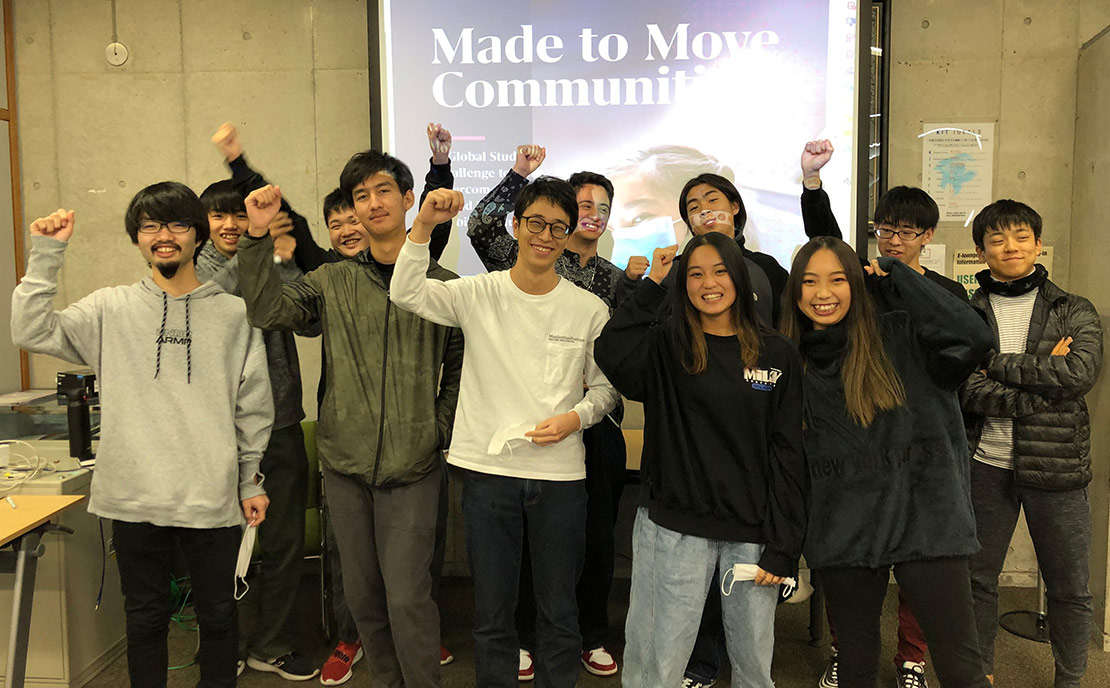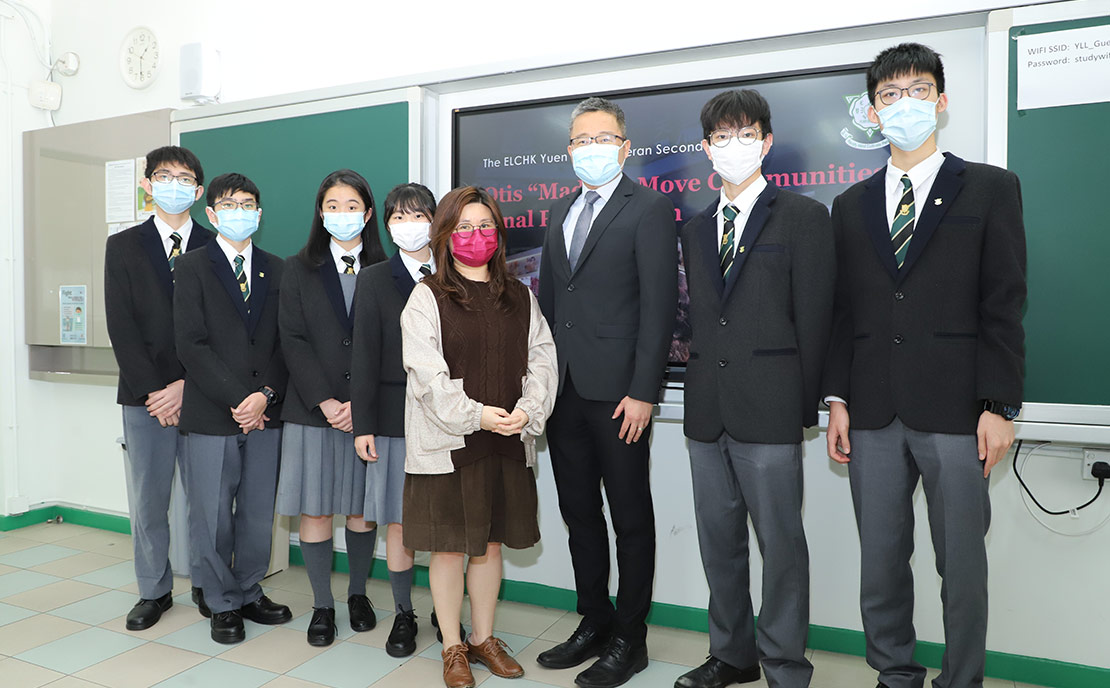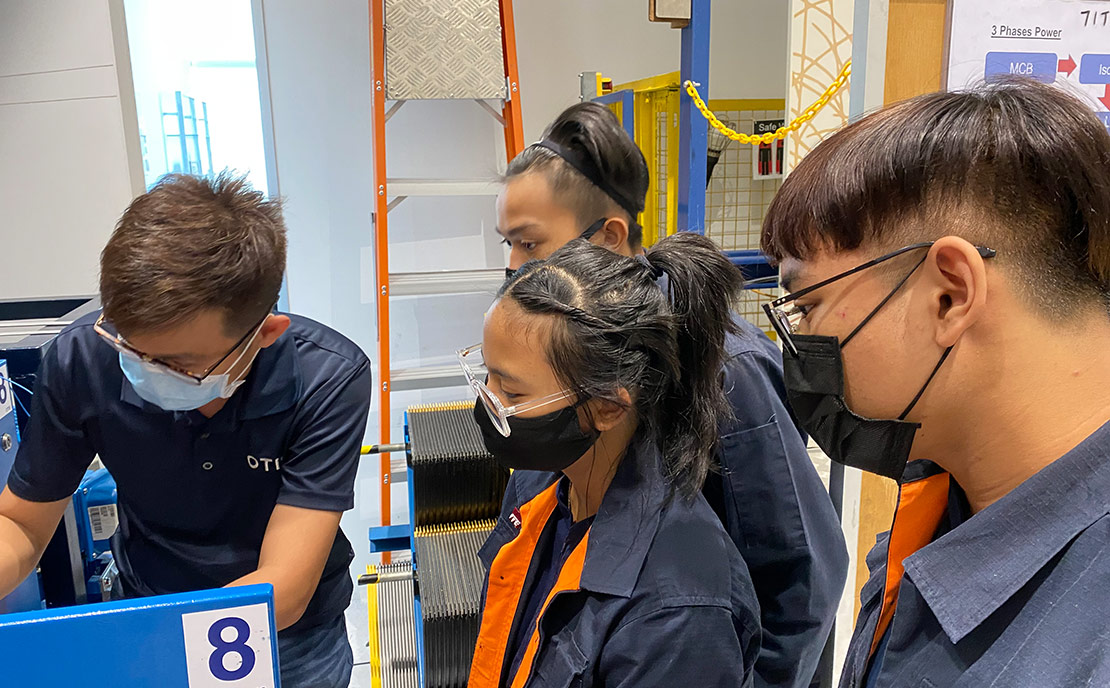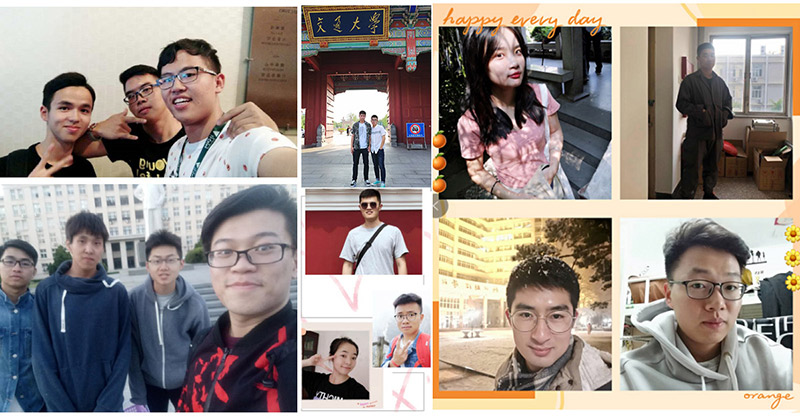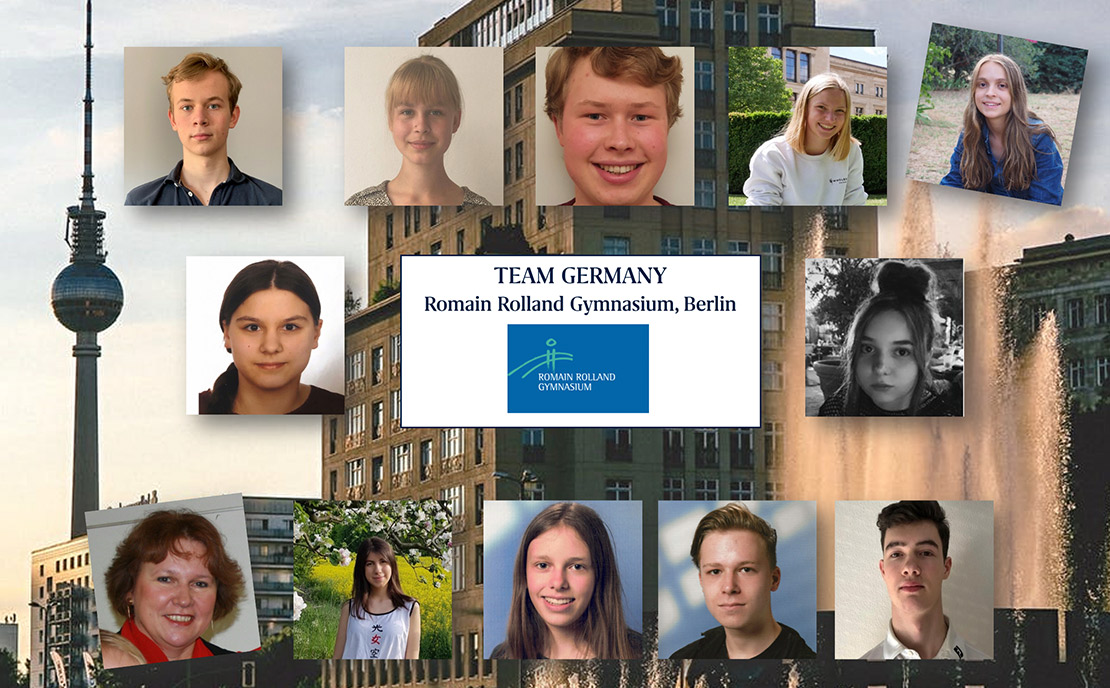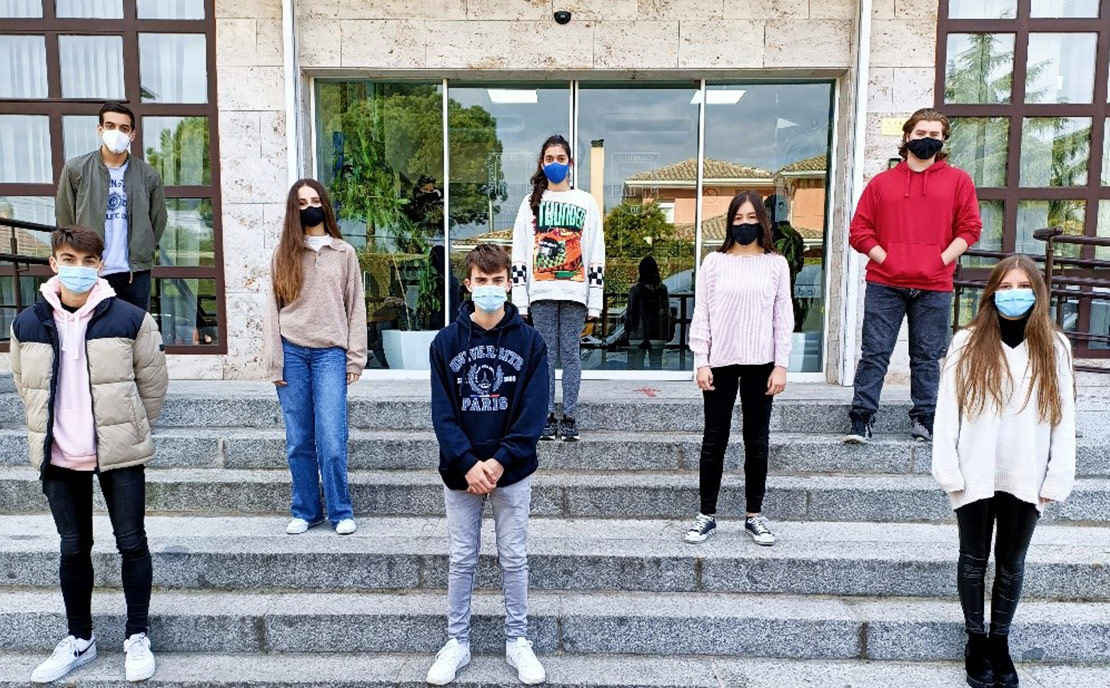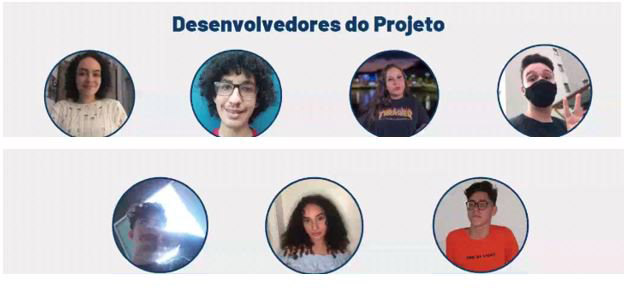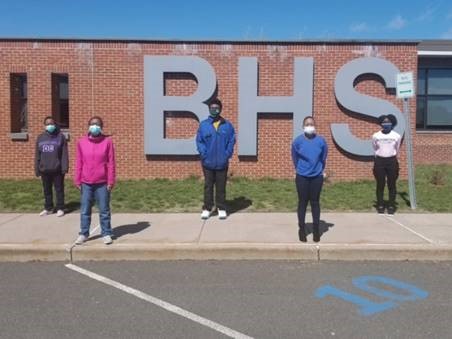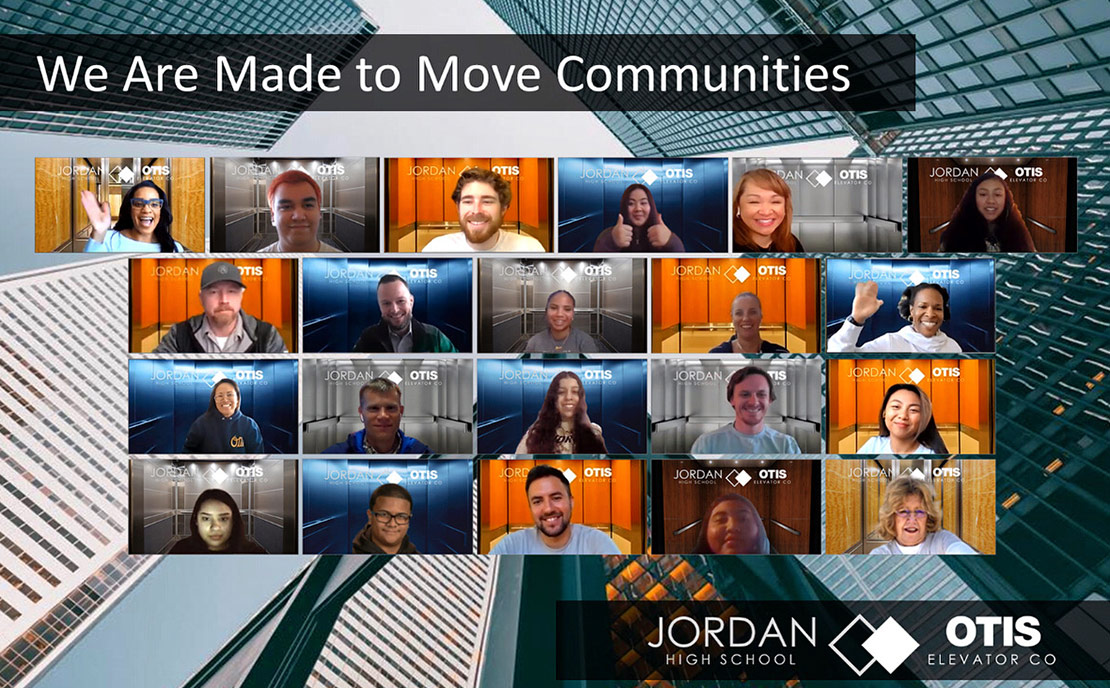Made to Move Communities™ | Otis

Made to Move Communities™
Inspiring and supporting young innovators as they pursue inclusive mobility solutions for underrepresented communities
As the company that is Made to Move You™,
mobility is central to our vision: to give people freedom to connect and thrive in a taller, faster, smarter world.
Prin acest program inedit, lansat în 2020, ne implicăm în mintea tinerilor să ne imaginăm noi soluții de mobilitate pentru oamenii de pretutindeni.
Având o bază solidă în disciplinele STEM, studenții vor fi mai bine pregătiți pentru forța de muncă mondială în evoluție rapidă, care se estimează că va avea până în 2030 50 milioane de locuri de muncă NEFAMETATE ÎN SECTORUL STEM.
500+
volunteer hours
600+
Otis mentor volunteers
50+
financial grants awarded
Mobility Solutions to Reduce the Impacts of Climate Change
Today, more than ever, climate change poses a significant threat to the safety, prosperity and wellbeing of people and communities around the world. For the third year of Made to Move Communities, we empowered the next generation of innovators to be a part of the solution. Otis colleagues mentored 230+ students across the globe to develop solutions to the climate change issues impacting mobility today for the benefit of generations to come. Watch the video to learn more.
Mobility Solutions for Older Populations
The number of older adults is projected to double to 1.5 billion in 20502. For the second year of Made to Move Communities, we tapped young minds and applied creative thinking to help cities of the future adapt and meet the needs of this growing population. Across 14 countries and territories, teams of Otis employee mentors and students created STEM-based mobility solutions ranging from connected wheelchairs and smart escalators to a device improving access to local water stations. Watch the video to learn more.
Mobility Solutions to COVID-19
In its first year, Made to Move CommunitiesTM engaged schools in Brazil, China, Germany, Hong Kong SAR, Japan, Russia, Spain, the United States and Singapore. Under the mentorship of Otis employees, nearly 100 students spent eight weeks developing STEM-based solutions to address mobility challenges in their communities – particularly those most affected by the COVID-19 pandemic.
Watch the video to learn more about Year 1 of Made to Move Communities and see the student solutions.
Our Winners
Why Made to Move Communities™

Inspiring STEM-based mobility solutions
Made to Move Communities, the cornerstone of our Corporate Social Responsibility (CSR) strategy, focuses on two issues that are vital both to Otis and to the communities where we live and work: STEM education and inclusive mobility.
This annual challenge will inspire students from around the world to come up with creative, technology-based solutions for eliminating the physical, geographic and financial barriers to mobility that often afflict our neighbors.
Inclusive mobility and well-being
At Otis, we know just how important mobility is to people’s well-being and their ability to lead healthy, productive lives. Few companies have played a greater role in creating today’s connected urban world, and our innovations continue to transform how people live and work.
Yet even today, many people lack access to reliable, affordable, convenient means for getting where they need to go, whether it’s school, work, the market or to receive medical care.
We believe new technologies such as artificial intelligence, advanced robotics and other smart, connected devices and networks hold the potential to address these challenges and deliver on the promise of inclusive mobility – for everyone, everywhere.
By participating in Made to Move Communities, students will get a glimpse into this exciting future – and be encouraged to play a role in shaping the world we live in today and forgenerations to come.
Preparing the 21st century workforce
50 million STEM jobs unfilled by 2030 due to skills gap
In the era of Industry 4.0, technology permeates every job category, including manufacturing and many other trades. To prepare themselves for this rapidly evolving workplace, students need a solid grounding in STEM curricula and subjects – science, technology, engineering and math.
Yet according to one estimate, a skills gap may leave as many as 50 million jobs unfilled globally by 2030.1 Made to Move Communities is one way to help close this gap, by complementing existing school programs with safe, real-world lessons conducted under the guidance of Otis experts – people who are passionate about technology and helping to nurture the next generation of innovators.
2 https://news.microsoft.com/en-xm/2019/04/12/making-an-impact-for-stem-education-in-europe/
Featured Stories
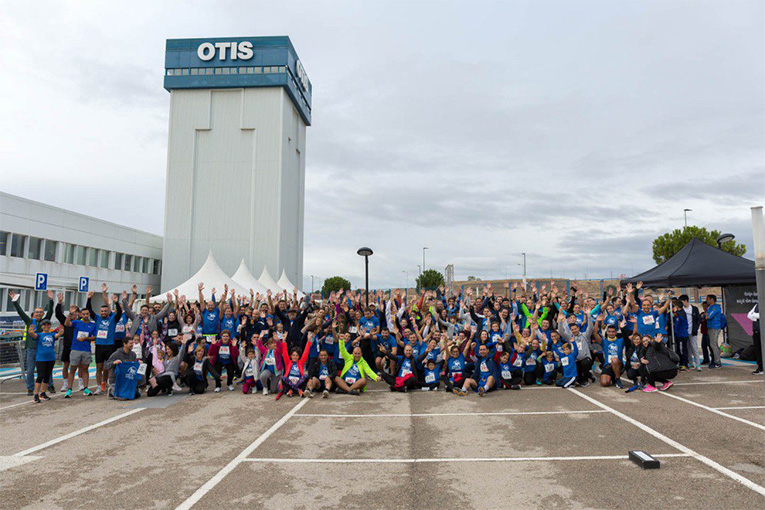
Volunteering to Create More Vibrant Communities
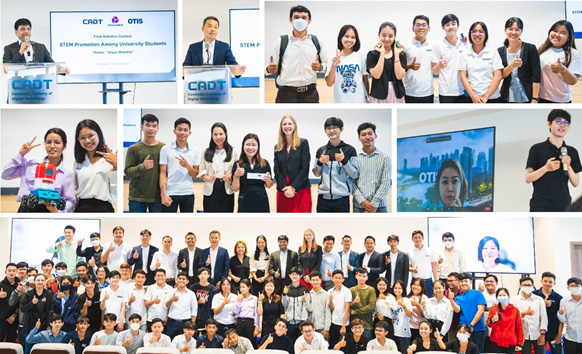
Otis and Cambodia Academy of Digital Technology Announce Winners of STEM Robotic Competition

